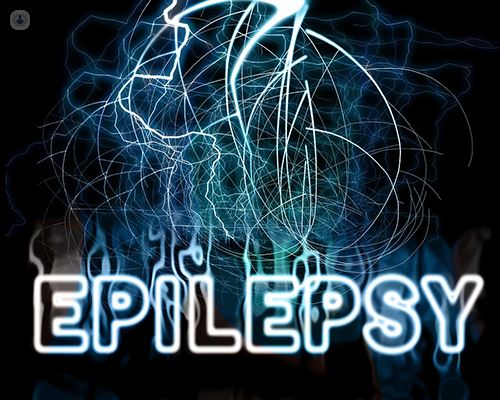A quick guide to epilepsy
Written by:Around half a million people in the UK suffer from epilepsy. It is a serious condition that affects the brain and causes uncontrollable epileptic fits. These fits, or seizures, may vary in severity from mild with minimal damage, to serious resulting in injury or even death.

What is a seizure?
A seizure, or an epileptic fit, occurs when neurons in the brain start firing off abnormal electrical signals causing both brain and body to act irregularly. The severity of a seizure varies from one person to the next. In some cases, people may only zone out for a few seconds or minutes, without losing total awareness. In more severe cases of epilepsy, a seizure may entail loss of consciousness and violent convulsions when the body shakes uncontrollably.
Sometimes a seizure may be a one-off, in which case the person would not be considered as epileptic.
An epileptic fit can occur when the person is awake or asleep. Generally seizures are classified as either partial seizures or generalised seizures. The symptoms of epilepsy can differ greatly depending on each person
What triggers epilepsy?
Although epilepsy can develop at any point in someone’s life, the onset generally occurs in childhood. In many cases, an exact cause cannot be identified, but occasionally epilepsy may be due to brain damage. Strokes, brain tumours, and severe head injuries can cause epilepsy. Sometimes epilepsy may develop due to certain changes in the brain occurring because of genes inherited from parents.
Some common triggers for a seizure are:
- Tiredness
- Lack of sleep
- Stress
- Alcohol or recreational drugs
- Flashing lights
- Skipping meals
- Not taking medication for epilepsy
- Certain illnesses that cause high temperatures
Types of seizures
There is a wide variety of epilepsy seizures including:
- Atonic seizures – when all muscles in the body suddenly relax possibly causing collapse and injury
- Tonic seizures – when all muscles stiffen causing loss of balance and possible collapse
- Tonic-clonic seizures – body becomes stiff and then convulses with arms and legs twitching
- Clonic seizures – convulsions that can last up to two minutes
- Myoclonic seizures – legs, arms or upper body twitch uncontrollably, with the sufferer feeling as though they have received an electric shock
- Absences – loss of awareness, with the sufferer appearing to stare into space. Although absences mostly affect children, they can occur in adults as well
In case of emergency
Knowing what to do in case of an epileptic fit can make a big difference. It’s important to try to keep somebody in the midst of a seizure safe from harm.
Sometimes calling an ambulance is absolutely necessary, it all depends on what type of seizure the person is experiencing.
If you or somebody you know suffers from epilepsy, get in touch with a specialist to find out what treatments are available and how it’s possible to have a better quality of life.


